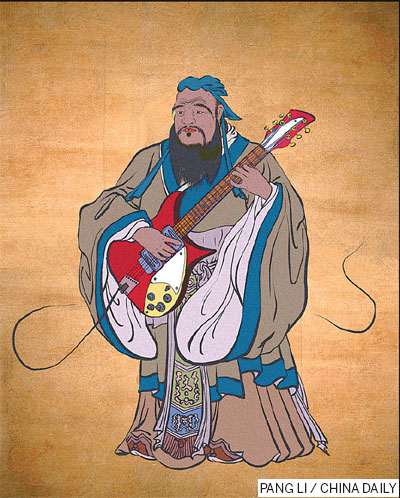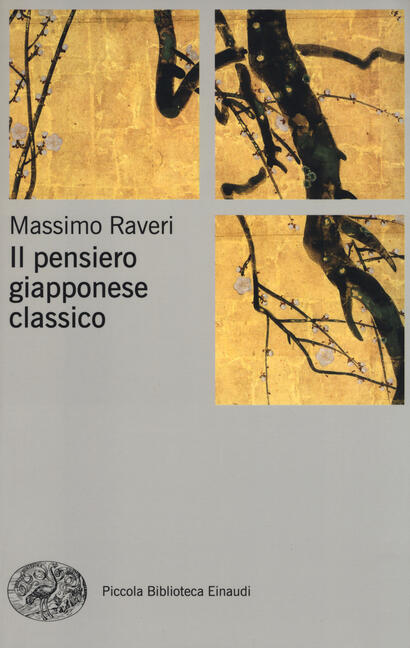Al-jabr (الجبر)
“The word 'Algebra' comes from the Arabic: الجبر, romanized: al-jabr, lit. 'reunion of broken parts, bonesetting' from the title of the early 9th century book “cIlm al-jabr wa l-muqābala” “The Science of Restoring and Balancing” by the Persian mathematician and astronomer al-Khwarizmi. In his work, the term al-jabr referred to the operation of moving a term from one side of an equation to the other.” (Wikipedia)
Not only al-Khwarizmi coined the word algebra — his name gave origin also to “algorithm”! We really owe so very much to this Arabic mathematician...
“Al-jabr” is indeed the result of a reunion of spurious parts provided by a Steinway D piano, assorted Arabic percussions (darbuka, riq, etc.), and Rickenbacker bass (plain and “treated” with various effects; kindly lent to me by dear friend Jan). The whole emerging from those parts is a minimal piece. Surprisingly, at least to me, is the fact that I had not decided to write one such composition. The piece wanted it thus. Sometimes I feel more like a midwife than a composer...
The piece is available
- on my #bandcamp, https://eidon.bandcamp.com/, at https://eidon.bandcamp.com/track/al-jabr,
- on my youtube channel, https://www.youtube.com/@eidonveda, at https://youtu.be/VYAb8fkTz_w.
- on my facebook page, https://www.facebook.com/EidonVeda/, at https://fb.watch/gRP22aq9mL/.
Share with me your opinions, if you like! Thanks in advance,
栄屯
- Music composed and arranged by Eidon. Rickenbacker bass played by Eidon. © Eidon (Eidon@@tutanota.com). All right reserved.
- Video: Sped up, truncated version of “Zelda Breath of the Wild Copics on Shikishi Board Time-lapse,” by olyvee (Etsy shop: https://www.etsy.com/shop/olyvee, Instagram: https://www.instagram.com/olyvee_, Twitter: https://www.twitter.com/olyvee_). Video is Attribution 3.0 Creative Commons License (https://creativecommons.org/licenses/by/3.0/): “Free to Adapt — remix, transform, and build upon the material for any purpose, even commercially. “

 Die Schauspielerin Greta Schroeder, 1919. Ernst Reichardt (gest. 1932) – Privatfotographie Ernst Reichardt. Public domain.
Die Schauspielerin Greta Schroeder, 1919. Ernst Reichardt (gest. 1932) – Privatfotographie Ernst Reichardt. Public domain.



 Photo by
Photo by 

 ]
(Picture by Unknown – This file has been extracted from another file:
]
(Picture by Unknown – This file has been extracted from another file: 

